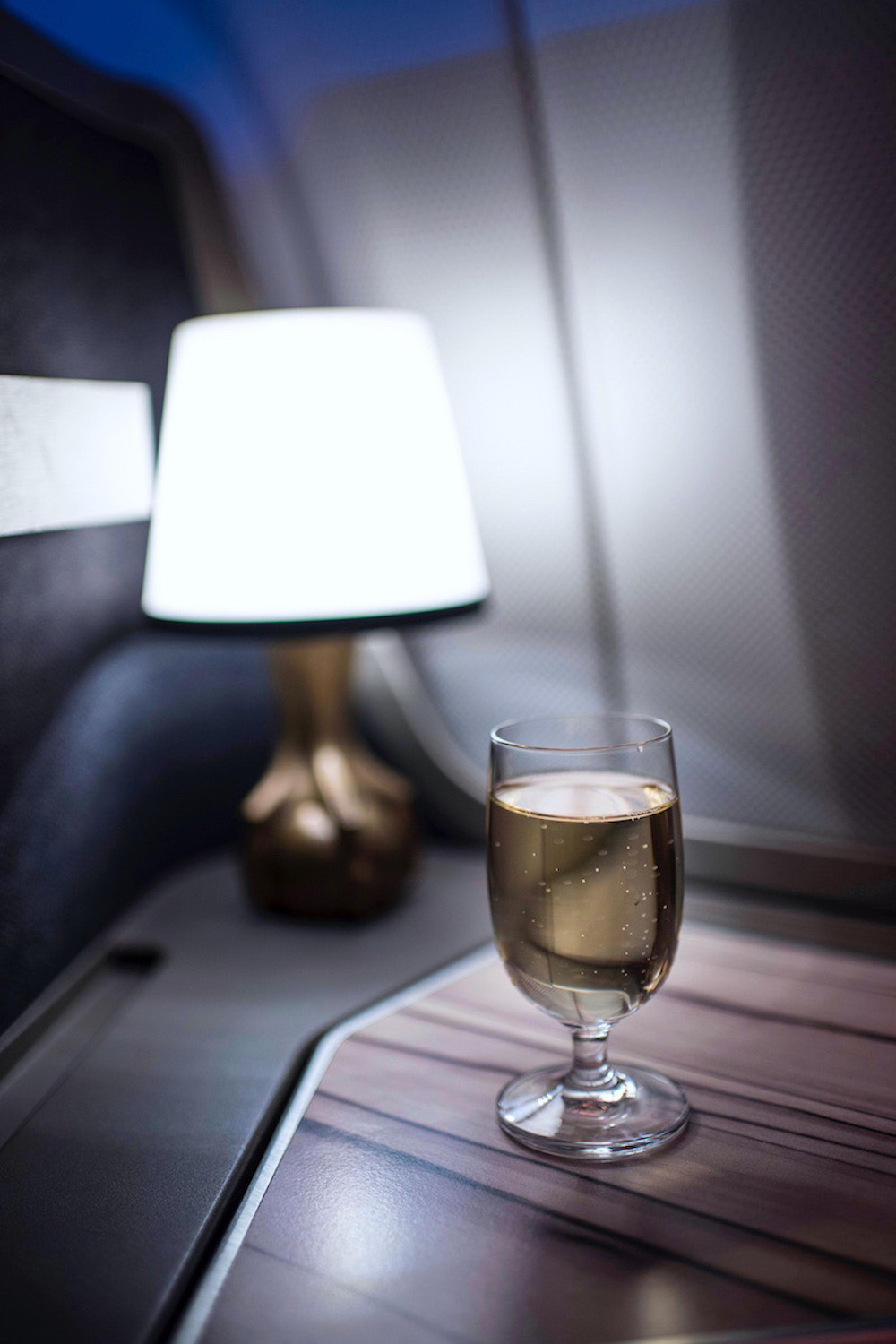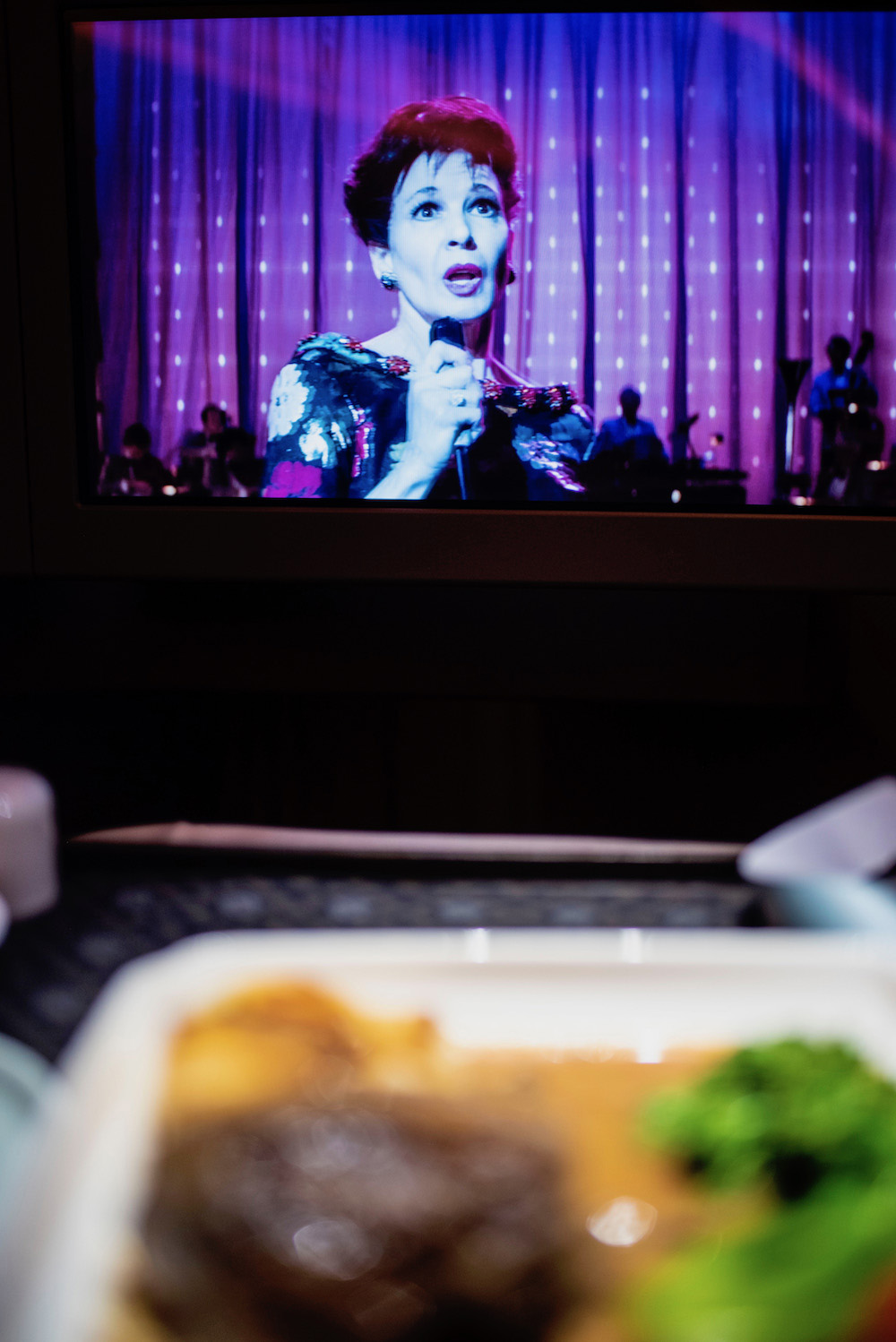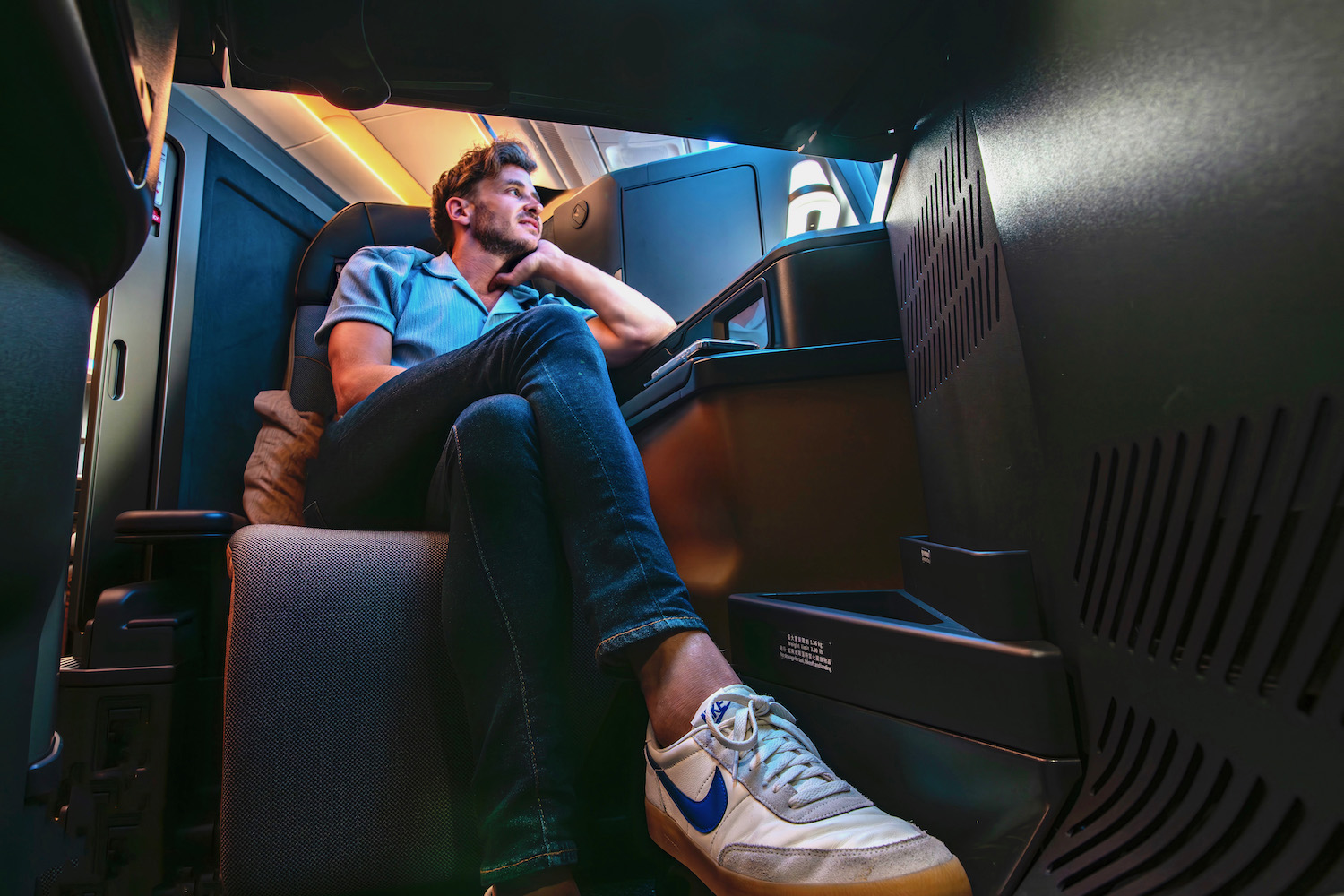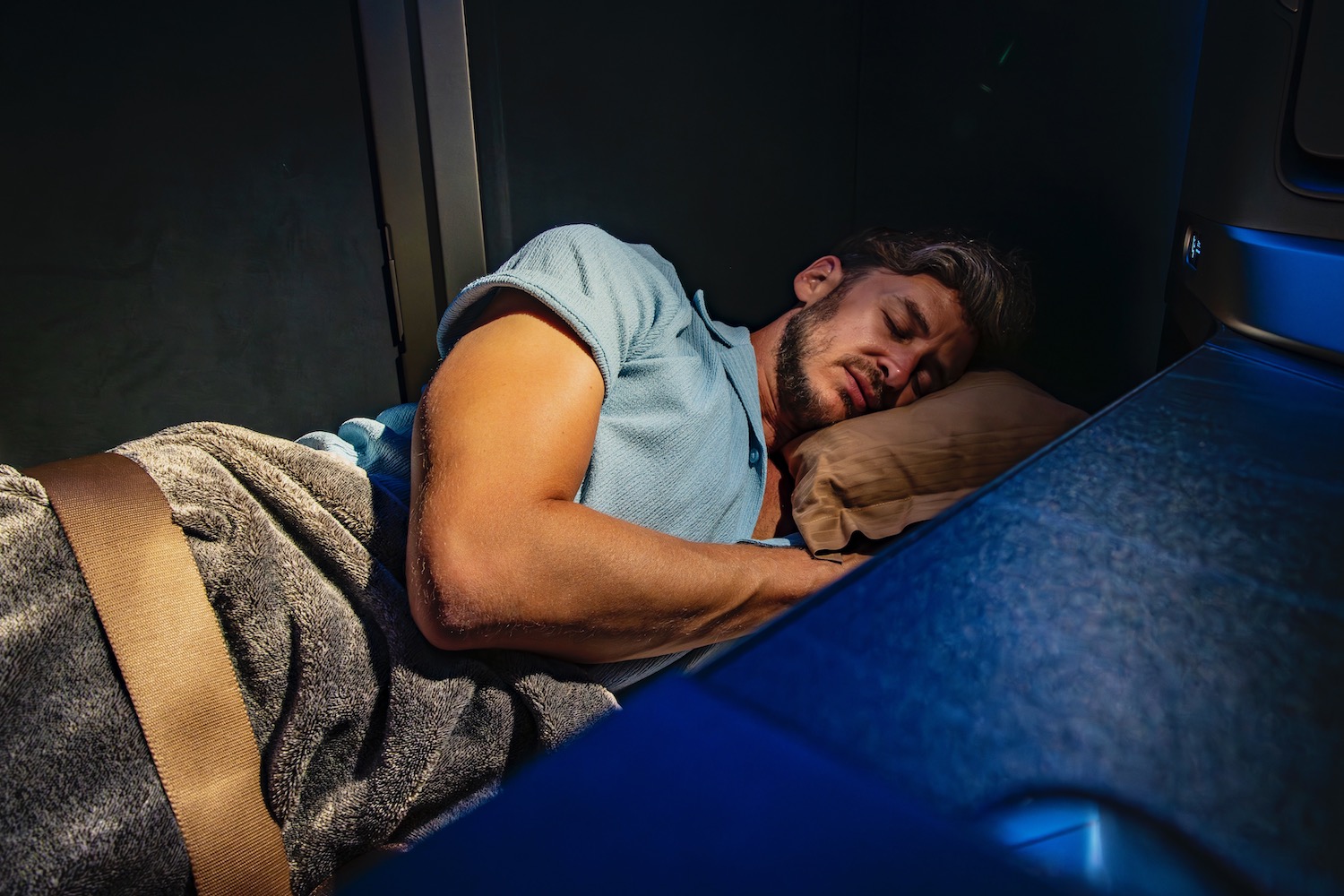As I noted in my comparison of the two airlines, I believe that China Airlines slightly edges out EVA Air. But only slightly: Both carriers are much better than most Western ones; each has its own warts it needs to deal with.
For a while, it seemed like this might’ve been the only contrast to consider when seeking full-service air travel out of Taiwan. Then, in 2020, Starlux launched, and turned the entire Taiwanese air market on its side. (Or at least it did in 2023, when it was able to begin self-actualizing after Taiwan shit the bed over covid. But I digress.)
Because I knew it’s an increasingly topical question, I did want to give my take on Starlux vs China Airlines. Especially since I’ve just done a similar comparison of Starlux and EVA Air!
Is Starlux a Threat to China Airlines?
Before I dive into the finer details of whether you should choose Starlux or China Airlines, I think it’s important to zoom out. Namely, to look at why Starlux was founded in the first place. While the prevailing online narrative seems to be that the former EVA Air boss founded Starlux to spite his former company, it was more nuanced than that. Rather, he wanted to change the reputation of Taiwanese aviation more broadly—namely, that it’s unsafe.
To put it another way, Starlux wasn’t launched explicitly to target either EVA Air or China Airlines, even though it of course competes directly with both of them. Indeed, since China Airlines is state-owned, I would argue that EVA Air would actually be at greater risk if Starlux significantly expands its route network, since it is a fully private airline fully vulnerable to the ebb and flow of the market.





Ways to Compare Starlux with China Airlines
Business class seat
Starlux operates a pretty similar fleet to China Airlines, which makes this comparison pretty easy. On the A350, Starlux wins out—its seats feature higher privacy walls and, importantly doors—though China Airlines offers a second-generation reverse-herringbone seat that is nothing to shake a stick at. Both airlines feature warm, stylish interior design. On A330 aircraft, there’s no competition between Starlux’s 1-2-1 staggered products and China Airlines’ decrepit angled-flat seats in a 2-2-2 configuration.
In-flight service
To me, this is where there really starts to be some divergence between Starlux and China Airlines, albeit not much. To be sure, the service (and food) on China Airlines is great, and is far better than any US or European airlines. On Starlux, however, it just feels taken up another notch, whether that’s the language skills of the cabin crew, their punctuality and professionalism or the slightly more elevated selections of food and drink.
Lounges
As I detailed in my article contrasting Starlux with EVA, neither of these airlines’ lounges are very competitive. This is also true to China Airlines, though in that airline’s defense, its lounges are much larger in size and also generally tend to be empty—due, I guess, to the fact that fewer SkyTeam elites fly through TPE than do Star elites? Regardless, don’t waste your time getting to the airport too early, just for the sake of the lounge.
Network
There’s really no competition between China Airlines vs Starlux on this front. While Starlux has hinted that it wants to expand dramatically over the next several years, it currently only serves three airports on the US west coast, plus a smattering of destinations in Japan and Southeast Asia. China Airlines by contrasts is more or less global, with the exception of South America, Africa and the Middle East.
Loyalty program and alliance
Starlux has ambitions of joining the oneworld alliance, but at the moment has just one airline partner: Alaska Airlines, which is useful for connecting with the US, but not much else. Its Cosmile program is therefore pretty useful. China Airlines, by contrast, is a member of SkyTeam, whose various member airlines (namely Delta and Air France-KLM) are much better for earning and redeeming miles on the carrier than its own Dynasty Flyer program.





How to Decide: China Airlines or Starlux?
While I think EVA Air is more “at risk” from Starlux than China Airlines is, I’d say your decision of whether to fly one versus the other requires the same logic. Namely, do both airlines fly the route? If they do, you have a choice. While it’s a toss up between Taiwan and the US, particularly on routes China Airline serves with the A350, Starlux often has the edge intra-Asia, where its new planes are competing with China Airlines’ mostly older aircraft.
However, if you need to fly to Australia or Europe, or to North America beyond the US west coast, then there’s really no choice, at least not as of 2024. One day, of course, it’s possible that choosing China Airlines or Starlux might be necessary on flights between Taipei and London or Sydney. For now, however, China Airlines (and EVA Air) are the only carriers that serve these routes.
Other FAQ About China Airlines and Starlux
Which one is better, China Airlines or Starlux?
Both China Airlines and Starlux are full-service airlines with especially impressive offerings in business class. China Airlines has an edge in terms of its much more extensive route network and partnerships with various airlines in the SkyTeam alliance; Starlux has newer planes and a more consistent “hard product” onboard.
Which airline from Taiwan is the best?
EVA Air, China Airlines and Starlux are all excellent carriers, and provide far better service on transpacific routes than any US carrier. I like EVA Air for its polished service and delicious food, China Airlines for the design of its cabins and its competitive fares and Starlux for its boldness and its incredible business class seat, which is a private suite with doors.
Is China Airlines owned by Taiwan?
China Airlines is Taiwan’s flag carrier, which means it’s owned and funded by the government. In spite of this, the airline offers a product that is at least on par with its competitors EVA Air and Starlux, neither of which receive support from the Taiwanese state.
The Bottom Line
When comparing Starlux vs China Airlines, I find myself drawing many parallels with my comparison of Starlux with EVA Air. China Airlines is Taiwan’s flag carrier, and has both the route network, reputation and refined onboard hard product and soft product to reflect that fact. Starlux, on the other hand, is largely about its potential, even though the product and service onboard its long haul flights already puts it in the same league as both China Airlines and EVA Air on those particular routes. Regardless of which of these carriers you end up determining is best for you, I do hope you’ll consider hiring me to plan your trip to Taiwan.






